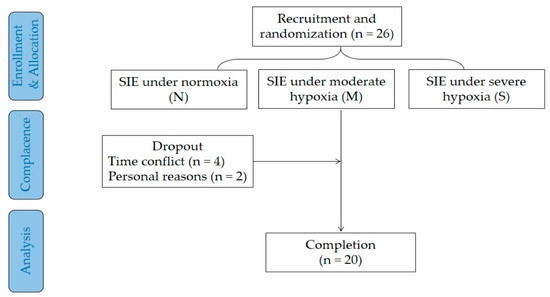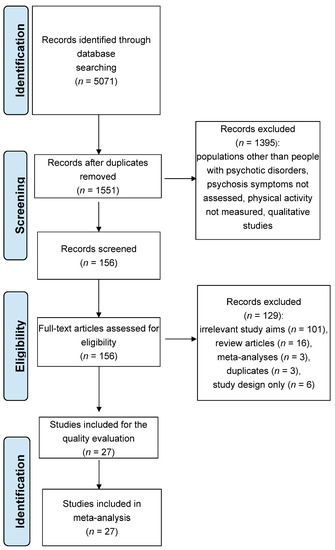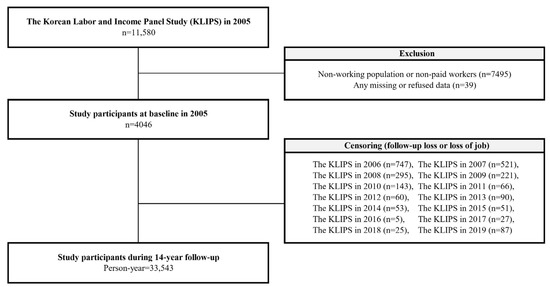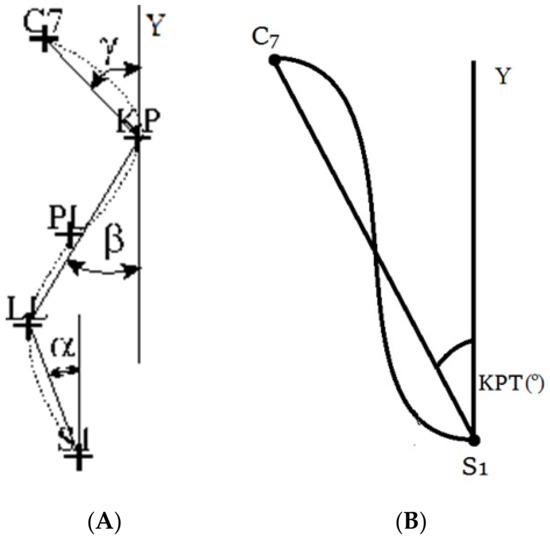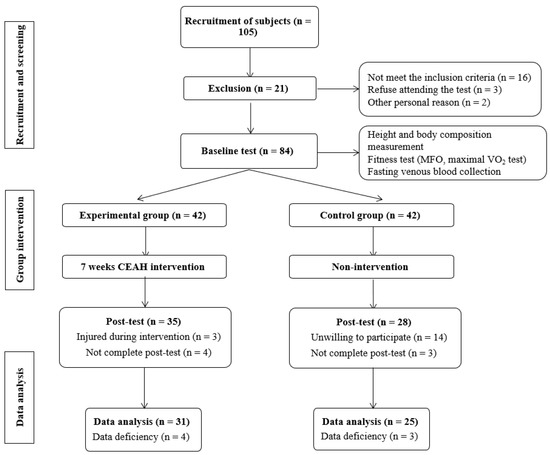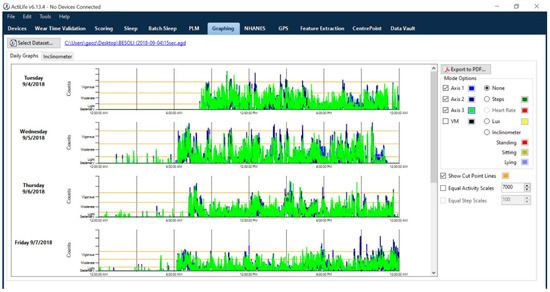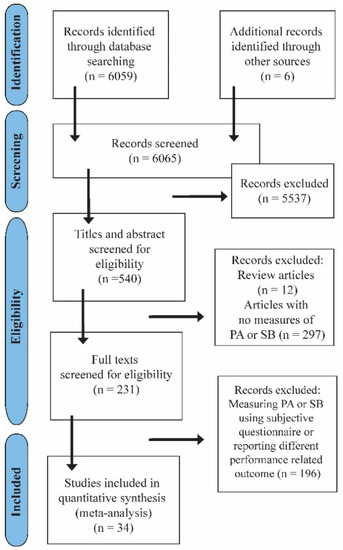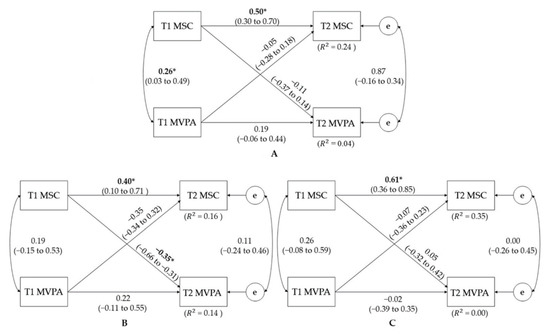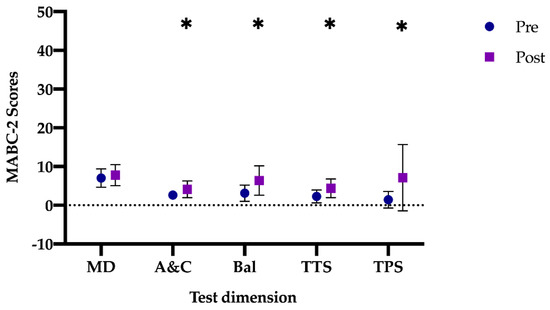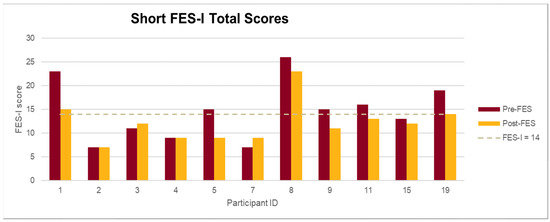Promoting Physical Activity and Reducing Sedentary Behavior to Prevent Chronic Diseases
A topical collection in Journal of Clinical Medicine (ISSN 2077-0383). This collection belongs to the section "Sports Medicine".
Viewed by 44088Editors
Interests: physical activity epidemiology; physical activity interventions; emerging technology applications; physical activity measurement
Special Issues, Collections and Topics in MDPI journals
Interests: psychological correlates of physical activity; technology-based physical activity promotion; motor skill enhancement
Special Issues, Collections and Topics in MDPI journals
Topical Collection Information
Dear colleagues,
Decreased physical activity participation and increased sedentary behavior increase the risks of developing chronic diseases such as hypertension and diabetes among various populations. Regular participation in physical activity and reducing sedentary behavior play a significant role in health promotion and disease prevention across the lifespan. More specifically, moderate-to-vigorous physical activity helps to build and maintain healthy bones and muscles; reduces the risk of developing obesity and chronic diseases, such as cardiovascular disease; and diminishes symptoms of depression and anxiety, thereby promoting cardiorespiratory fitness and psychological well-being. However, globally, 81% of adolescents aged 11–17 years and approximately 23% of adults aged 18 and over are insufficiently physically active. In fact, physical inactivity is one of the 10 leading risk factors for global mortality, which is on the rise in many countries, adding to the burden of non-communicable diseases (e.g., cardiovascular diseases, cancer, and diabetes) and affecting general health worldwide. Therefore, the study of promotion of physical activity and reducing sedentary behavior to prevent chronic diseases has become an emerging trend in the field, as more and more researchers have conducted investigations in this area of inquiries in the past few decades. In response, we invite investigators to contribute original research articles and review articles that will stimulate the continuing efforts to understand the relationships between physical activity, sedentary behavior, and health outcomes among various populations. In this Special Issue, we are particularly interested in articles examining the effects of physical activity programs on health promotion and disease prevention, as well as correlates and determinants of physical activity and sedentary behavior across the lifespan through experimental and observational research designs.
Dr. Zan Gao
Dr. Jung Eun Lee
Guest Editors
Manuscript Submission Information
Manuscripts should be submitted online at www.mdpi.com by registering and logging in to this website. Once you are registered, click here to go to the submission form. Manuscripts can be submitted until the deadline. All submissions that pass pre-check are peer-reviewed. Accepted papers will be published continuously in the journal (as soon as accepted) and will be listed together on the collection website. Research articles, review articles as well as short communications are invited. For planned papers, a title and short abstract (about 100 words) can be sent to the Editorial Office for announcement on this website.
Submitted manuscripts should not have been published previously, nor be under consideration for publication elsewhere (except conference proceedings papers). All manuscripts are thoroughly refereed through a single-blind peer-review process. A guide for authors and other relevant information for submission of manuscripts is available on the Instructions for Authors page. Journal of Clinical Medicine is an international peer-reviewed open access semimonthly journal published by MDPI.
Please visit the Instructions for Authors page before submitting a manuscript. The Article Processing Charge (APC) for publication in this open access journal is 2600 CHF (Swiss Francs). Submitted papers should be well formatted and use good English. Authors may use MDPI's English editing service prior to publication or during author revisions.
Keywords
- correlation studies
- disease prevention
- feasibility study
- health outcomes
- health promotion
- health-related physical fitness
- longitudinal cohort study
- mental health
- motor skills
- randomized controlled trial
- physical activity
- sedentary behaviors







